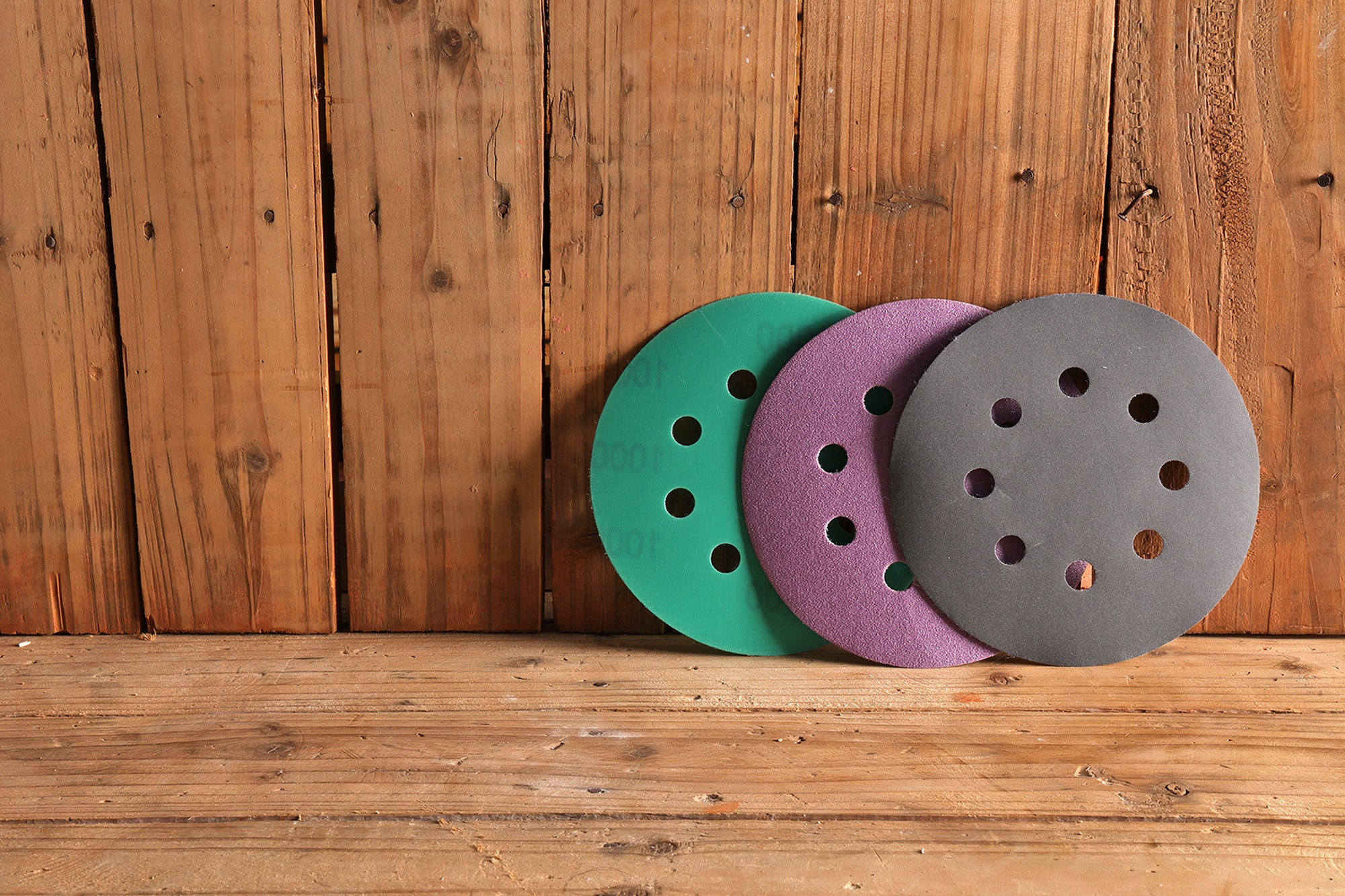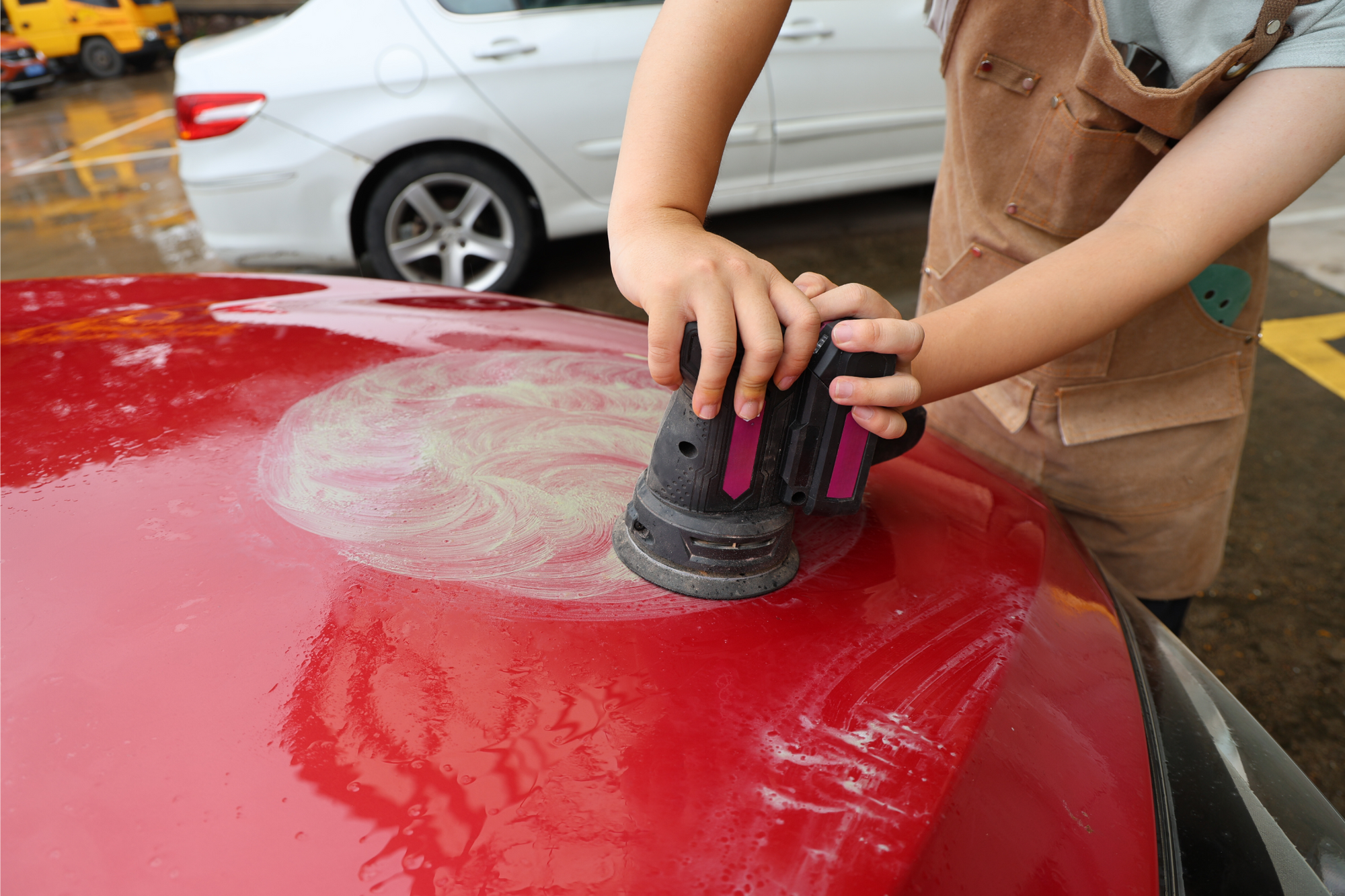Palm Sander vs. Orbital Sander: Which One Fits Your Sanding Needs
When it comes to sanding tools, Palm Sanders and Orbital Sanders are two of the most popular options for both professionals and DIY enthusiasts. While they share some common applications, they serve distinct purposes and excel in different scenarios. This blog will guide you through their differences to help you make an informed choice.
Common Applications of Palm Sanders and Orbital Sanders
- Furniture Refinishing: Smoothing surfaces and removing old finishes to prepare for painting or staining.
- Surface Preparation: Creating a smooth base for painting, especially on wood, metal, or plastic.
With these shared applications in mind, let’s delve into the specifics of each tool.
What Is a Palm Sander?

A Palm Sander, also known as a finish sander, is a compact and lightweight tool designed for fine sanding tasks. Its square or rectangular pad vibrates in small, consistent motions, making it perfect for detailed work.
Primary Use Cases of Palm Sanders
- Detail Sanding: Ideal for small surfaces and tight corners.
- Light Sanding: Perfect for smoothing wood, finishing edges, and preparing surfaces for paint or stain.
Sandpaper Suitable for Palm Sanders
Palm Sanders typically use standard sanding sheets cut to size. The sandpaper is usually available in the following types:
- Fine-Grit Sandpaper (120-220 grit): Best for finishing work, such as smoothing surfaces before painting or staining.
- Medium-Grit Sandpaper (80-120 grit): Suitable for light material removal and evening out surfaces.
- Specialty Sandpapers: Including ultra-fine grit sandpaper for polishing or wet-dry sandpaper for finishing coatings.
These sanding sheets are essential for precision tasks and are compatible with most Palm Sanders.

Advantages of Palm Sanders
- Lightweight and Easy to Handle: Perfect for extended use without fatigue.
- Affordable: A cost-effective option for light-duty sanding.
- Precise: Allows control over small areas and detailed projects.
Disadvantages of Palm Sanders
- Limited Power: Not suitable for heavy material removal.
- Smaller Coverage Area: Slower on larger surfaces compared to Orbital Sanders.
What Is an Orbital Sander?

An Orbital Sander, also called a random orbital sander, features a circular sanding pad that moves in a random, elliptical motion. This design minimizes swirl marks and delivers a smoother finish.
Primary Use Cases of Orbital Sanders
- Medium to Large Surface Sanding: Ideal for sanding furniture, tabletops, and floors.
- Material Removal: Effective for removing paint, varnish, or old finishes.
Sandpaper Suitable for Orbital Sanders
Orbital Sanders use circular sanding discs, which are available in various grits and materials. Popular options include:
- Coarse Grit (40-80 grit): Designed for heavy material removal, such as stripping paint or sanding rough surfaces.
- Medium Grit (80-120 grit): Perfect for smoothing surfaces and preparing them for finer sanding.
- Fine Grit (120-220 grit): Ideal for finishing tasks, delivering a smooth surface ready for painting or staining.
- Resin Fiber Discs: Durable and efficient for heavy-duty tasks, such as metal grinding.
- Hook-and-Loop Backing Discs: These make changing sandpaper quick and easy.
These sanding discs are versatile and compatible with various Orbital Sanders, ensuring excellent performance on different surfaces.
Advantages of Orbital Sanders
- Versatile: Handles both rough sanding and finishing tasks.
- Efficient: Covers larger areas quickly.
- Swirl-Free Finish: Produces a smooth surface with minimal marks.
Disadvantages of Orbital Sanders
- More Expensive: Higher upfront cost compared to Palm Sanders.
- Less Precise: Bulkier design can make detailed work challenging.
- Heavier: May cause fatigue during prolonged use.
Palm Sander vs. Orbital Sander: Making the Right Choice
Choosing between a Palm Sander and an Orbital Sander depends on your specific needs:
- Choose a Palm Sander if you prioritize precision and lightweight handling for smaller projects.
- Choose an Orbital Sander if you need a powerful and versatile tool for larger surfaces and faster results.
For most users, having both tools in your arsenal ensures you’re prepared for a wide range of sanding tasks.
Conclusion
Both Palm Sanders and Orbital Sanders are indispensable tools for sanding projects. Understanding their strengths and limitations helps you select the right tool for the job.
Finally,we specialize in manufacturing high-quality sanding discs, sanding belts, sanding sheets, resin fiber discs and so on . With over a decade of experience in the sandpaper industry, we guarantee premium products and reliable support for bulk orders or individual sellers. Contact us today to discuss your sanding needs and explore our product range!
Continue Reading

Flap Disc vs. Sanding Disc: Which is Better for Your Needs?

